The 1970s were a musical playground where artists dared to break boundaries and redefine what albums could be. From progressive rock odysseys to funk masterpieces, glam rock extravaganzas to electronic pioneering, this decade gave us sounds that made us stop in our tracks and wonder, “What in the world am I listening to?” These 12 albums didn’t just push the envelope—they created entirely new envelopes, leaving listeners both confused and captivated when they first dropped the needle on their turntables.
1. Pink Floyd – “Dark Side of the Moon” (1973)

When “Dark Side of the Moon” arrived in ’73, it wasn’t just an album—it was an atmospheric journey that took your mind places it had never been before. The seamless transitions between tracks, the innovative use of synthesizers, and the incorporation of non-musical sounds like cash registers and heartbeats created a sonic tapestry unlike anything on the FM dial. The album’s exploration of madness, aging, and the human condition resonated with a generation questioning everything around them. Just as the album’s legacy is sweeping, Louder reports on just how difficult this monumental project was throughout much of its ascent.
Engineer Alan Parsons deserves immense credit for the revolutionary recording techniques that made this album sound like it came from another dimension. The quadraphonic mix (the surround sound of its day) gave listeners the sensation of sounds physically moving around their living rooms, while the clarity and precision were unheard of at the time. Nearly half a century later, folks are still discovering new layers in this masterpiece that spent a mind-boggling 741 consecutive weeks on the Billboard charts.
2. Kraftwerk – “Autobahn” (1974)
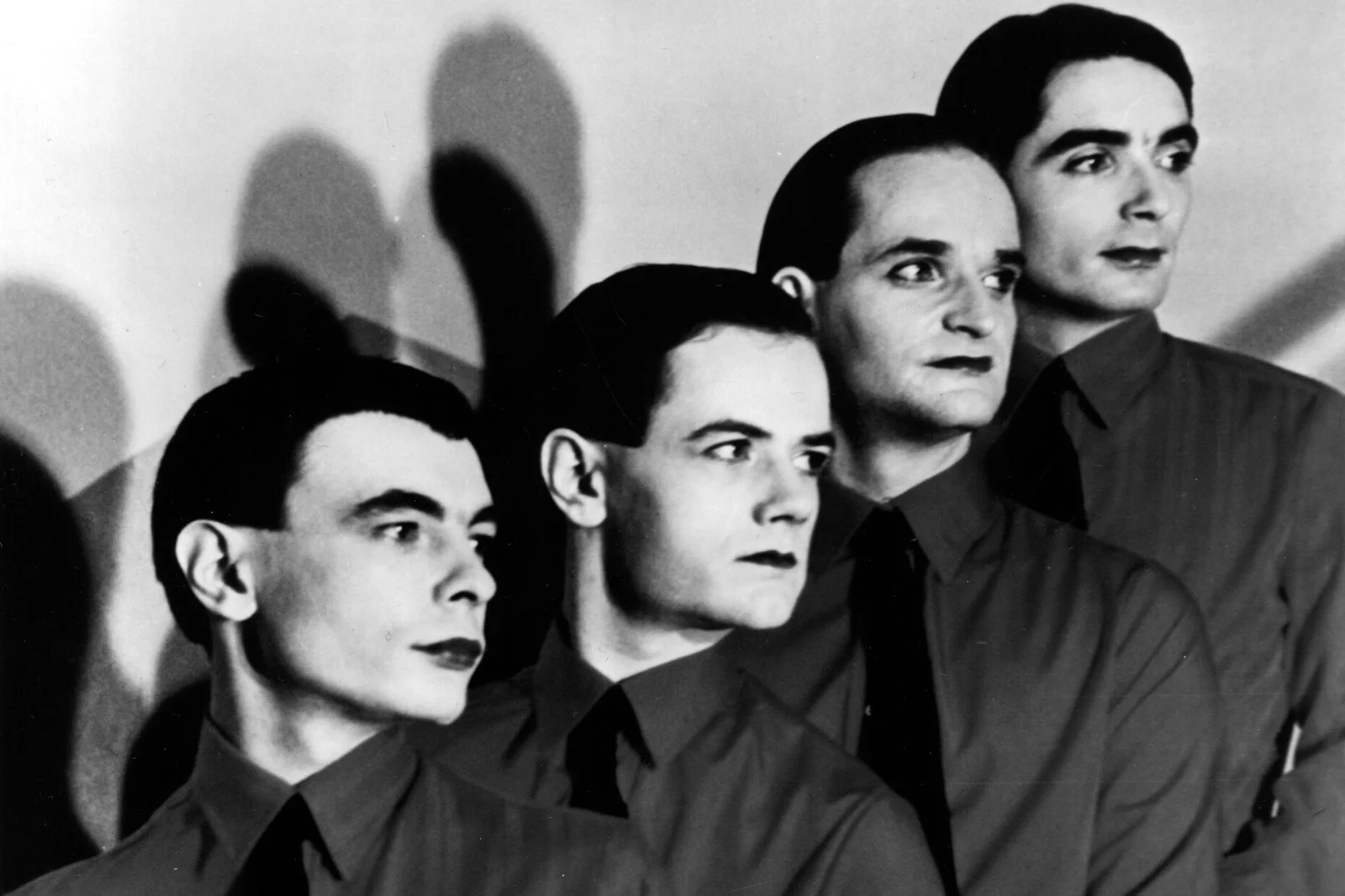
Before electronic music became commonplace, four German musicians in identical suits stood motionless behind their custom-built electronic instruments and changed music forever. “Autobahn” featured a 22-minute title track that simulated a car journey down the German highway system using nothing but synthetic sounds and vocoder-processed voices. The mechanical precision and emotional detachment was both unsettling and hypnotic to ears accustomed to the organic sounds of rock bands. Classic Pop Magazine details just what goes into making an album such as this.
While punk rockers were busy declaring that anyone could start a band, Kraftwerk was busy proving that computers could be instruments too. Their meticulous approach to composition and sound design laid groundwork for everything from hip-hop to techno to modern pop. Listening to “Autobahn” in 1974 was like receiving a transmission from the future, one where man and machine would create music together in ways previously unimaginable.
3. David Bowie – “Low” (1977)
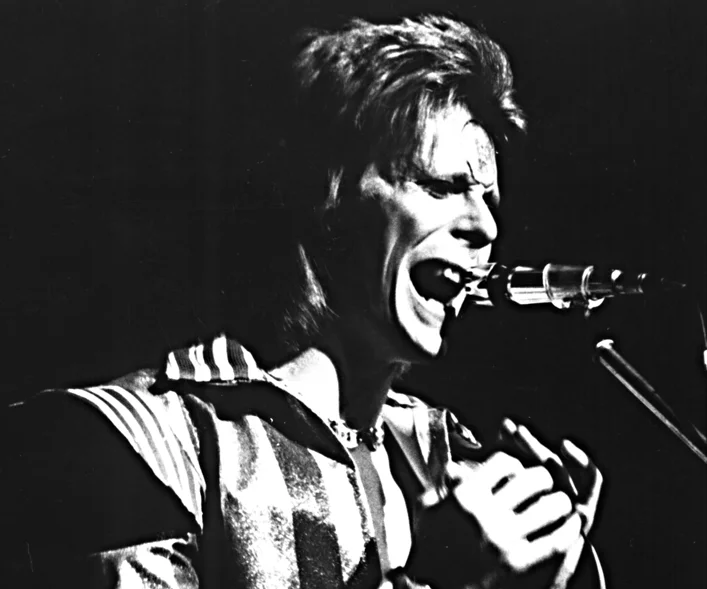
When Bowie released “Low,” many fans wondered if their hero had lost his mind, as side one featured short, fragmented songs while side two consisted almost entirely of haunting instrumentals. Recorded in Berlin while Bowie was recovering from substance issues, the album showcased Bowie’s collaboration with Brian Eno and featured electronic soundscapes, disjointed lyrics, and ambient passages that owed more to European art music than rock and roll. The stark album cover—just a profile of Bowie from “The Man Who Fell to Earth”—gave fans no clue about the radical sonic experiments contained within. Far Out Magazine characterizes this as one that most embodies the experimentation era going on around it.
This was the sound of one of rock’s greatest chameleons shedding his skin once again, but this time emerging as something truly unrecognizable. The influence of German bands like Kraftwerk and Neu! was evident, but Bowie transformed these inspirations into something deeply personal and emotionally complex. “Low” would become the first installment of the celebrated “Berlin Trilogy” and would inspire generations of post-punk, new wave, and ambient artists who recognized that Bowie had once again arrived at the future before anyone else.
4. Stevie Wonder – “Innervisions” (1973)
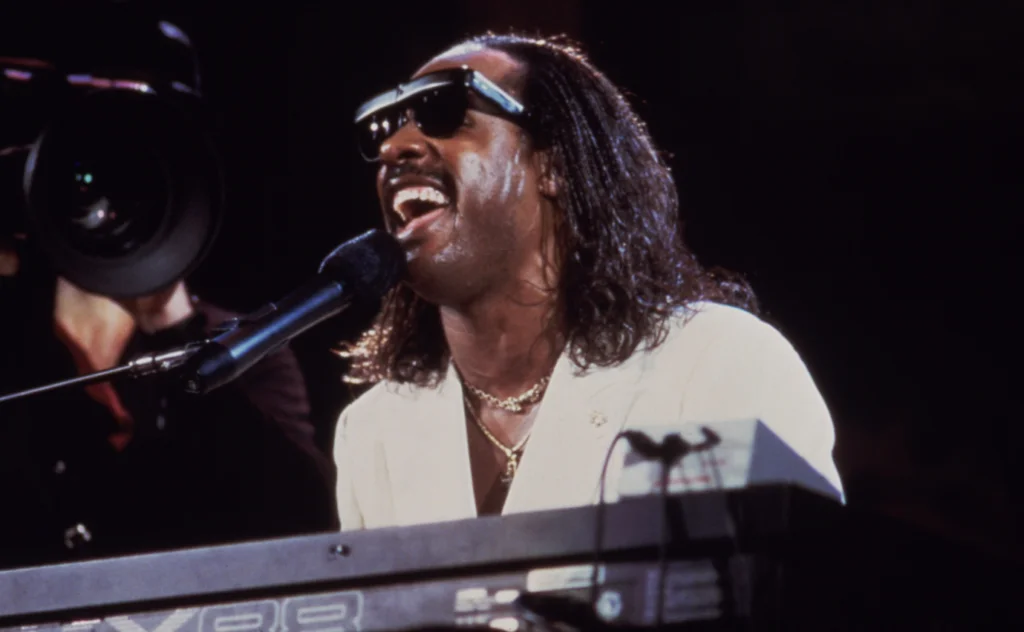
When “Innervisions” hit the shelves, listeners were treated to the sound of a musical genius operating at the height of his powers with complete artistic freedom. Wonder played nearly every instrument himself, pioneering the use of synthesizers in soul music and creating complex arrangements that somehow still felt effortlessly groovy. The album’s social consciousness—tackling drug addiction, urban poverty, and racism—was matched by its musical adventurousness, creating a perfect marriage of message and medium. Shatter the Standards praises the album for remaining as enduring as ever, even decades later.
What makes this album truly remarkable is that Wonder recorded most of it himself, overdubbing instruments one by one, creating a one-man band sound that was both technically impressive and emotionally resonant. Three days after the album’s release, Wonder was involved in a serious car accident that nearly took his life, making the prophetic nature of songs like “Higher Ground” all the more powerful. “Innervisions” represented a high point in Wonder’s “classic period” and remains a testament to what happens when artistic vision meets technical innovation.
5. The Residents – “Duck Stab/Buster & Glen” (1978)

Before the internet gave every bedroom musician a platform, The Residents were creating demented, surreal music while maintaining complete anonymity behind giant eyeball masks. “Duck Stab/Buster & Glen” took nursery rhymes, advertising jingles, and pop music conventions and twisted them into nightmarish soundscapes that were simultaneously hilarious and disturbing. The deliberately amateurish playing, distorted vocals, and nonsensical lyrics represented an anti-commercial, anti-virtuoso approach that was radical in an era of progressive rock excess.
What made this album truly groundbreaking was its complete disregard for any established rules of composition, production, or marketing. The band members never revealed their identities, refused to do conventional interviews, and distributed their music through mail-order networks outside the mainstream industry. Decades later, this approach would become common in electronic and experimental music scenes, but in 1978, it seemed like transmissions from an alternate universe where pop culture had evolved along completely different lines.
6. Fela Kuti – “Zombie” (1976)
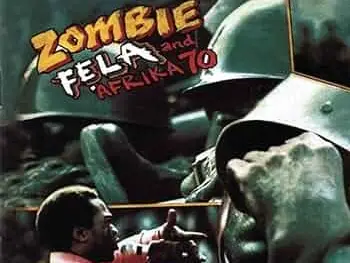
When Nigerian bandleader Fela Kuti released “Zombie,” he didn’t just create an album—he created a political weapon that would make him both a national hero and a target of government oppression. The album featured just two epic tracks, both building slowly over hypnotic grooves that combined American funk, jazz improvisation, and traditional African rhythms into something that demanded both dancing and revolution. Fela’s lyrics explicitly compared Nigerian soldiers to mindless zombies, delivered in a mixture of pidgin English and Yoruba that made his message accessible to the masses.
The musical scope of “Zombie” was unprecedented—a large ensemble creating trance-inducing grooves that could last 20+ minutes, with horn sections engaging in call-and-response patterns while Fela alternately sang and played searing saxophone solos. Following the album’s release, government forces raided Fela’s compound, throwing his mother from a window (injuries from which she later died), and destroying his studio—proof of the album’s impact beyond just musical innovation. “Zombie” remains the definitive Afrobeat album, a genre Fela essentially invented and one that continues to influence musicians worldwide.
7. Brian Eno – “Ambient 1: Music for Airports” (1978)

Before “Ambient 1,” background music typically meant elevator muzak or orchestrated versions of pop hits—Brian Eno changed all that with an album explicitly designed to be ignored. Created as an antidote to the stressful environment of airport terminals, this album consisted of simple piano and synthesizer phrases recorded on tape loops of different lengths, creating ever-changing patterns as they cycled at different intervals. Eno’s approach was revolutionary: music with no beginning or end, designed to modify the listener’s perception of their environment rather than demand their attention.
The album’s liner notes contained Eno’s manifesto for ambient music, explaining that it “must be able to accommodate many levels of listening attention without enforcing one in particular; it must be as ignorable as it is interesting.” This concept was radical in the rock-dominated ’70s, when virtuosity and complexity were highly valued. Today, “Music for Airports” is recognized as the foundational text of ambient music, and its influence extends to film scores, video game soundtracks, and meditation apps—anywhere that music serves to create atmosphere rather than demand center stage.
8. Donna Summer – “I Remember Yesterday” (1977)
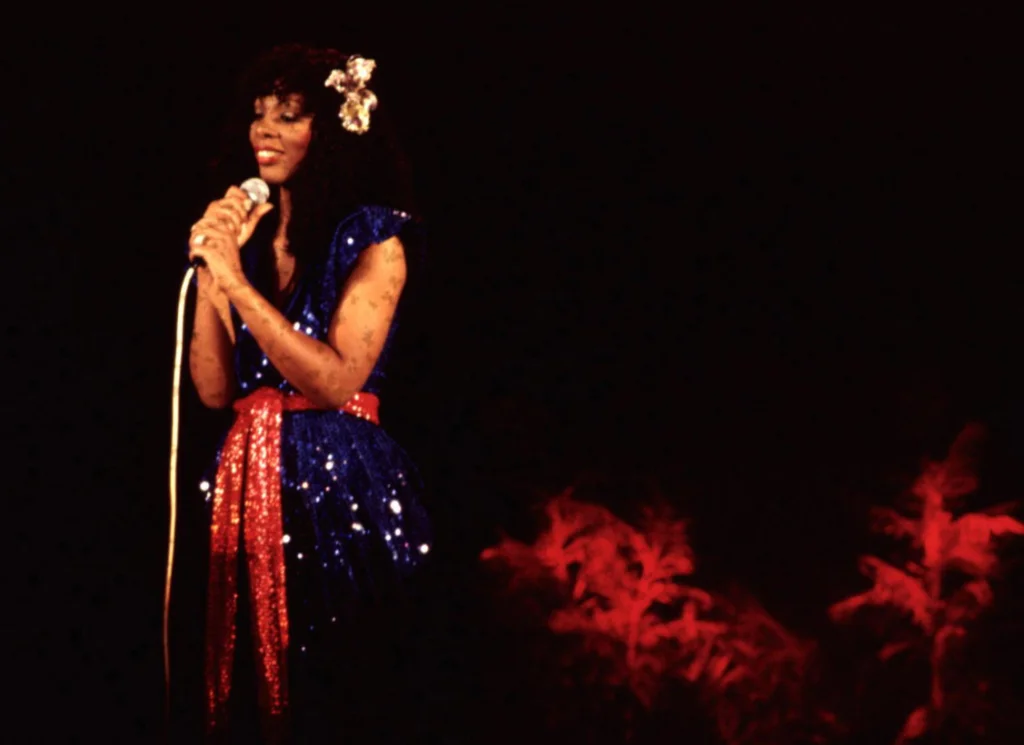
When disco queen Donna Summer teamed up with producer Giorgio Moroder for “I Remember Yesterday,” they created a concept album that traced the evolution of dance music from the 1940s to the imagined sound of the future. The first side featured pastiches of different eras, but when listeners flipped to side two and heard “I Feel Love,” many must have checked to make sure their record player wasn’t malfunctioning. The track featured Summer’s ethereal vocals floating over a completely electronic backing track—no guitars, no drums, no brass—just pulsating synthesizers creating a mechanical yet somehow sensual backdrop.
“I Feel Love” effectively invented electronic dance music, with its relentless 16th-note bass sequence and completely synthetic production establishing a template that would influence everything from techno to house to modern pop. Producer Brian Eno famously told David Bowie upon hearing it, “I’ve heard the sound of the future,” and decades later, virtually every dance club in the world still plays music that follows the blueprint established by this pioneering track. The album’s journey through musical history culminating in this futuristic sound was a brilliantly conceived concept that demonstrated how the past could inform the future.
9. Kate Bush – “The Kick Inside” (1978)

When 19-year-old Kate Bush released her debut album, listeners were stunned by a voice that leapt octaves with theatrical abandon and lyrics that referenced literature, film, and personal experiences with unabashed emotional intensity. “The Kick Inside” stood in stark contrast to both the predictable mainstream pop of the day and the aggressive simplicity of punk, offering complex arrangements, unusual time signatures, and a feminine perspective that was neither coy nor confrontational, but wholly original. The album’s lead single, “Wuthering Heights,” featured Bush’s stratospheric vocals channeling the ghost of Catherine Earnshaw from Brontë’s novel—hardly standard pop fare for 1978.
What made this album truly revolutionary was Bush’s complete artistic control—unprecedented for a teenage female artist in the 1970s. Bush had written some of the songs when she was just 13 and insisted on producing the album her way, creating a template for female auteurs who would follow. The album’s exploration of taboo subjects like incestuous desire (in the title track) and feminine pleasure (in “Feel It”) was wrapped in literary allusions and poetic language that made the controversial content more palatable to mainstream audiences, while still pushing boundaries in ways that would influence generations of art-pop performers.
10. Herbie Hancock – “Head Hunters” (1973)
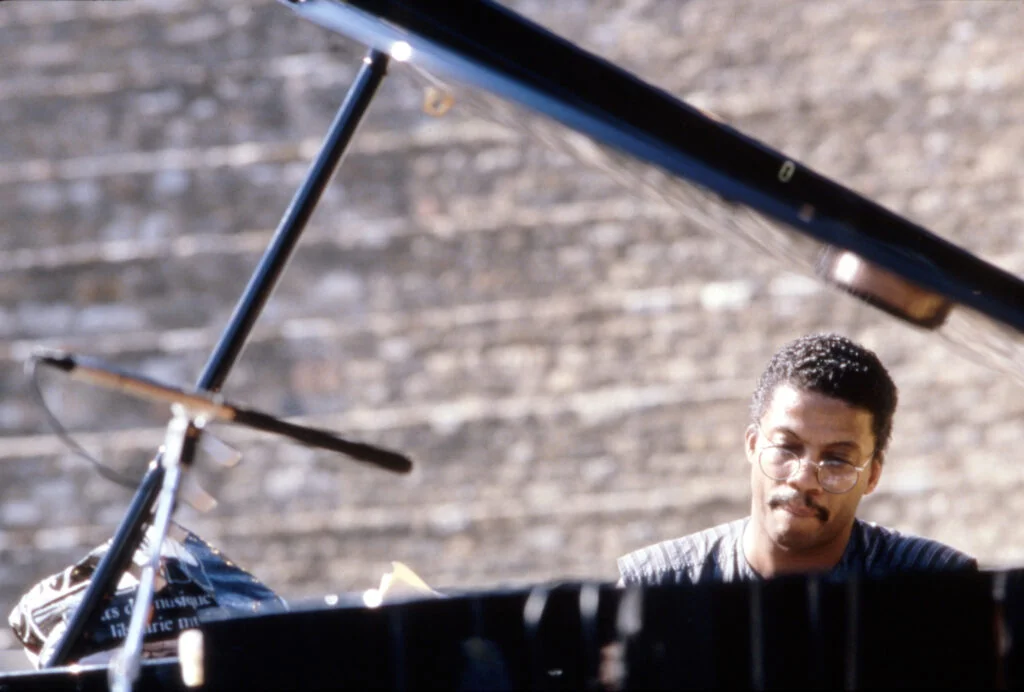
When Herbie Hancock, already respected as an acoustic jazz pianist, released “Head Hunters,” purists were scandalized while a new generation of listeners was electrified by the album’s revolutionary fusion of jazz improvisation with funk rhythms. The album featured just four extended tracks, anchored by the 15-minute opener “Chameleon” with its instantly recognizable bassline, and showcased Hancock’s pioneering use of synthesizers, including the ARP Odyssey and the Hohner Clavinet. The tight rhythmic interplay between drummer Harvey Mason and bassist Paul Jackson created grooves so deep you could fall into them, while Hancock and saxophonist Bennie Maupin were free to explore sonic territories no jazz-funk band had visited before.
What made “Head Hunters” truly groundbreaking was its complete reimagining of what jazz could be—complex enough for traditional jazz fans but funky enough for the dance floor. The album became the first jazz fusion record to go platinum and opened the door for jazz musicians to incorporate elements of funk, rock, and electronic music without compromising their artistic integrity. Many credit “Head Hunters” with setting the stage for both smooth jazz and acid jazz, while its influence can be heard in everything from hip-hop (which has sampled it extensively) to modern jam bands.
11. Can – “Tago Mago” (1971)

When German experimental rock band Can released the double album “Tago Mago,” it sounded like it had been beamed in from another dimension entirely. Recorded in a castle with new vocalist Damo Suzuki (whom the band had literally found busking on the street), the album combined hypnotic rhythm section workouts, free-form noise experiments, tape manipulation, and shamanic vocals sung in an invented language. The first disc featured relatively structured songs like “Mushroom” and “Oh Yeah,” which were weird enough, but the second disc contained extended pieces like the 18-minute “Halleluwah” and the musique concrète nightmare “Aumgn” that abandoned conventional song structures entirely.
What made “Tago Mago” so revolutionary was the band’s unique recording methodology—bassist Holger Czukay would record hours of improvisation, then edit the tapes to create compositions, a technique more common in electronic music than rock. The rhythm section of drummer Jaki Liebezeit (a former free jazz player) and Czukay created patterns that seemed simultaneously mechanical and organic, while keyboardist Irmin Schmidt and guitarist Michael Karoli added colors and textures rather than conventional solos or chords. “Tago Mago” became a cornerstone of what would later be called “krautrock” and would influence everyone from Public Image Ltd. to Radiohead to Sonic Youth.
12. Miles Davis – “Bitches Brew” (1970)
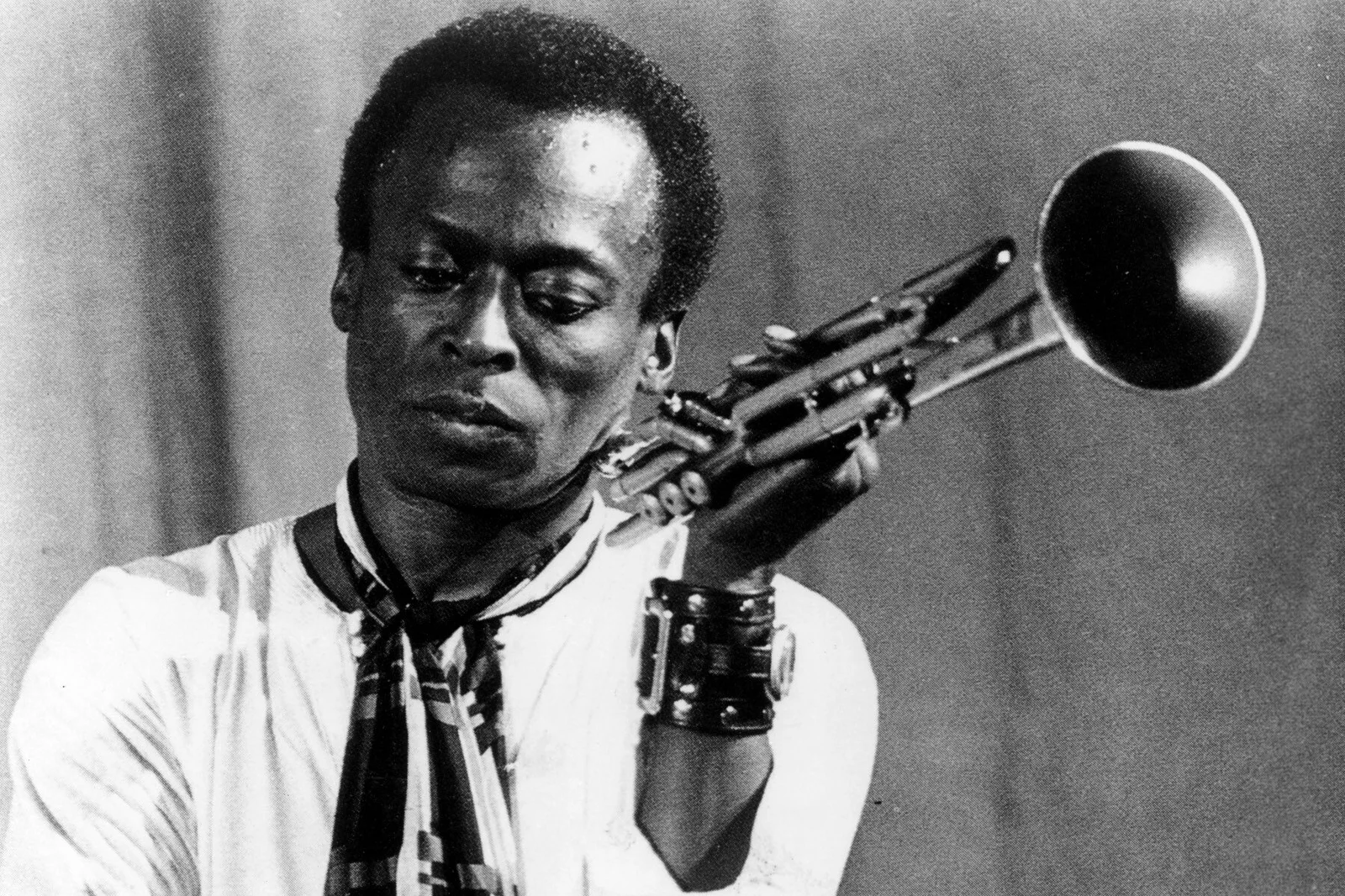
When jazz trumpet legend Miles Davis released “Bitches Brew” at the decade’s start, he effectively declared that jazz as it had existed was dead, and something new was rising from its ashes. The double album featured two LP sides each containing just one long track, plus two shorter pieces on the remaining sides, creating extended sonic landscapes that combined jazz improvisation with rock energy, funk rhythms, and studio manipulation. Davis assembled a massive ensemble including multiple keyboardists, bassists, and drummers, then conducted them through basic sketches rather than fully written compositions, creating controlled chaos that producer Teo Macero would later edit into the final tracks.
What made “Bitches Brew” truly revolutionary was Davis’s complete disregard for genre boundaries or audience expectations, challenging listeners while simultaneously reaching a new rock audience. The album’s electric instruments, effects-laden production, and emphasis on texture over traditional melody and harmony represented a clean break with jazz tradition. While many jazz purists accused Davis of selling out, history has vindicated “Bitches Brew” as one of the most influential albums ever made, spawning the entire jazz fusion movement and influencing everyone from progressive rock bands to electronic producers to modern jam bands.
The beauty of these groundbreaking albums isn’t just in their historical significance—it’s in how they continue to sound fresh and challenging decades later, while many of their more conventional contemporaries now feel dated. These sonic pioneers weren’t just ahead of their time; they existed outside of time altogether, creating soundscapes that continue to inspire new generations of musicians and listeners. Whether you’re dusting off your original vinyl copies or discovering these classics through streaming services, these twelve albums remind us of a time when turning on the radio could genuinely surprise you, when album-oriented rock stations would play a 22-minute electronic opus about German highways, and when artists were encouraged to follow their wildest inspirations wherever they might lead.



